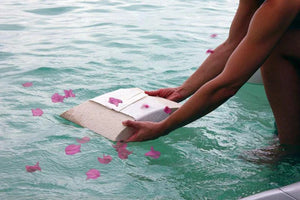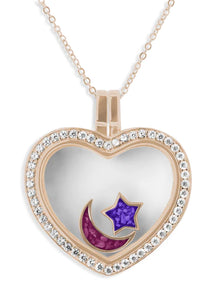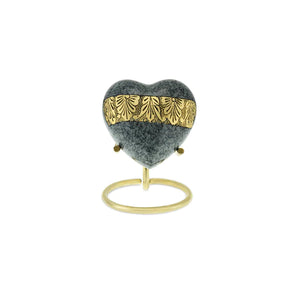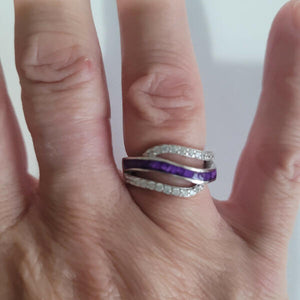Cremation Urns have a Long History

Cremation urns are the vessels where people keep the remains of a deceased person after the body has been reduced to ashes by intense heat. They are also known as burial urns or funerary urns. Sometimes they have the name cinerary urns. By whatever name, they have a very long history.
From what date are the oldest known cremation urns?
The earliest urns so far discovered date from 7000 BC. Various archaeological sites in China reveal pottery urns which usually held the cremated remains of children, although sometimes they contained adult ashes.
Stone age and Bronze age urns
In Neolithic times cremation urns of simple pottery and with little embellishment, were common throughout Europe and Russia. By the Bronze age, cremation spread to the British Isles, Ireland, and to North America and the urns became more decorative, with more elaborate funeral rites involved. The discovery of a large urn burial in Norfolk provided much information about urns of this period.
Mycean age urns
From 1000-600 BC the Greeks made use of more elaborate and ornate funeral urns in their burial rites. Likewise, the Romans also chose to use painted Greek vases. They usually chose a lekythos in which to store the cremated remains. Additionally, they constructed buildings, rather like a columbarium in which to keep them. During this same time period, the Vikings also kept cremation ashes in special vessels, as did the Maya and Inca civilizations on the other side of the word.
The spread of Christianity saw a sharp decline in cremation practices.
Modern cremation urns
It was not until the end of the nineteenth century that cremation again became popular. Nowadays, it is the chosen way to dispose of bodies in much of the world.
Due to the increase in demand, many types of urns are now available. There are bronze, brass, wood, and marble urns. Additionally, there are stainless steel, glass, and ceramic urns. They come in traditional styles or more modern designs. Many people find comfort from keeping the ashes of a departed loved one close by in a beautiful vessel. There are even companion urns where two peoples ashes can remain together.
The future of burial urns
We are now becoming more ecologically conscious. Consequently, many people are choosing biodegradable urns and water-soluble urns. Substances which break down and decompose, such as hand-crafted papers or salt are becoming popular urn choices. Some people choose to scatter the cremated remains in a special place. They may employ a scattering tube which they can then reuse or recycle.
Many people still want to keep a part of a departed loved one close by. They can do this with a special piece of cremation jewellery. Many are choosing to mix a small part of the remains into a beautiful piece of memorial jewellery.







